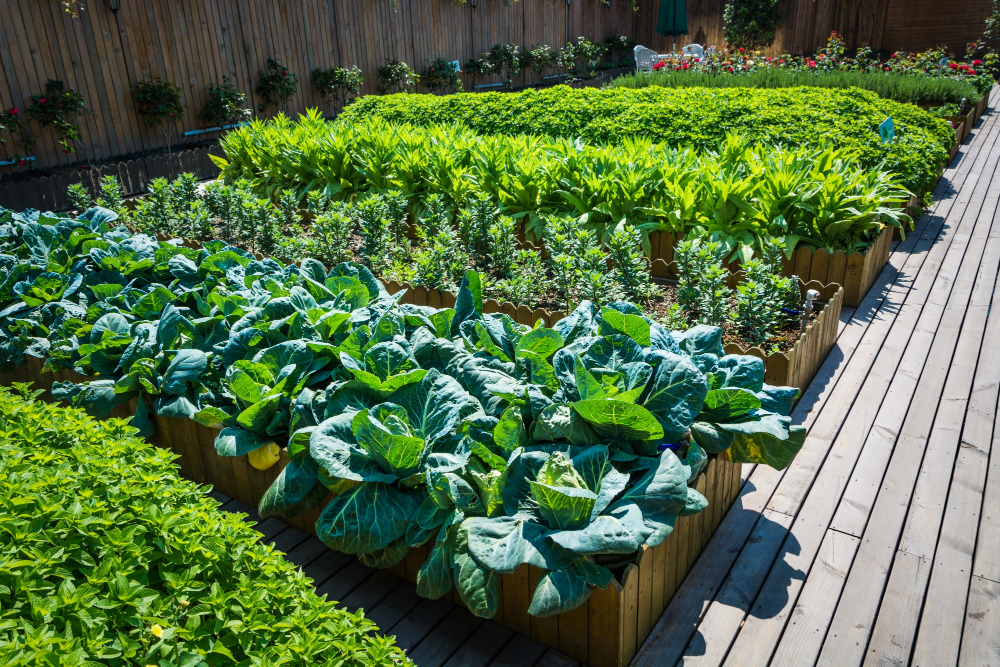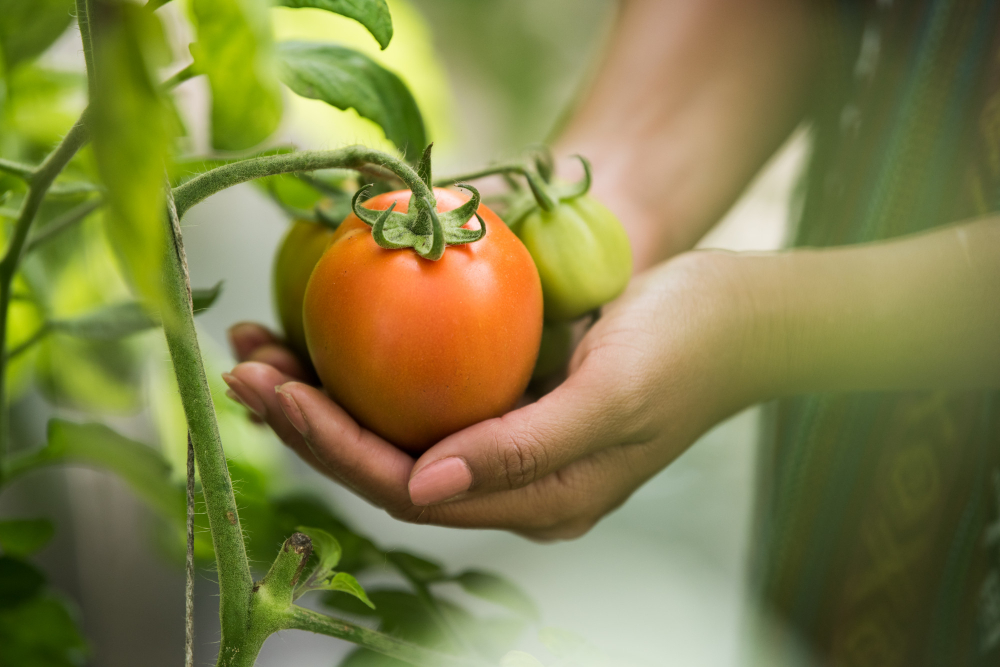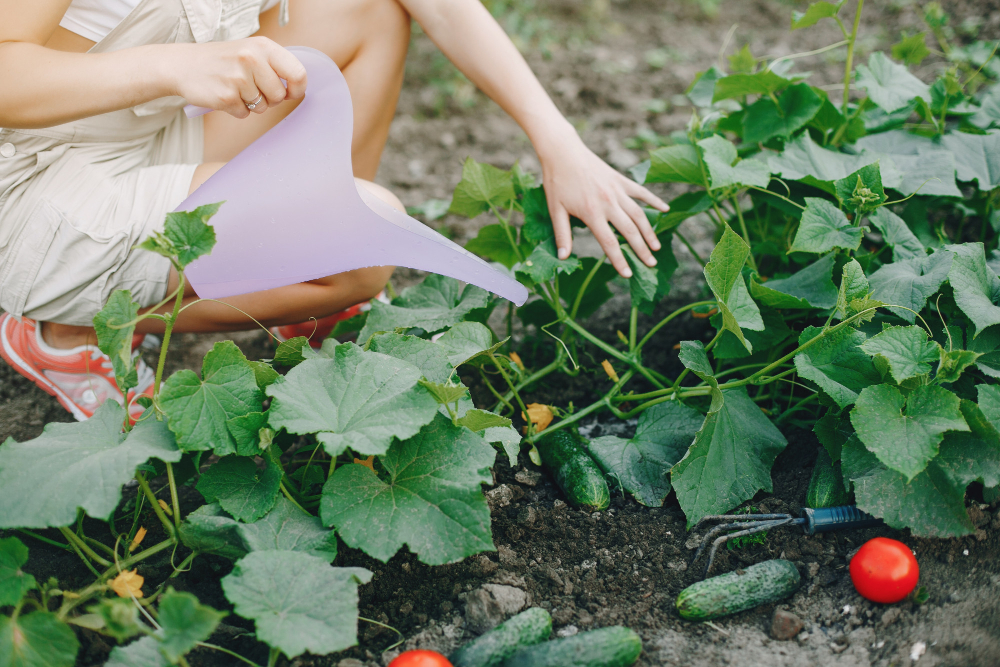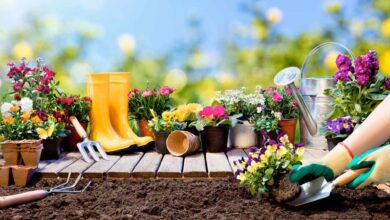
8 Easiest Vegetables to Grow for Beginner Gardeners
If you’re new to gardening, you may be wondering what kinds of vegetables are the easiest to grow. Luckily, there are plenty of options for beginner gardeners. Here are 8 of the easiest vegetables to grow, so you can enjoy a flourishing garden in no time:
Beginners Guide to Growing Vegetables
1. Potatoes
To grow potatoes, you need to start with seed potato pieces. You can either purchase potato seeds from a garden center or nursery, or you can save seeds from potatoes that you have bought from the grocery store. Plant the potato seeds in well-drained, loose soil that is rich in organic matter.
Space the potato seeds 12 inches apart, and plant them 2-3 inches deep. Water the potato plants well, and keep the soil moist but not soggy. When the potato plants are 6-8 inches tall, you can hill them up by mounding some soil around the base of the plant.
This will help to prevent the potatoes from being exposed to sunlight, which will cause them to turn green and taste bitter. Harvest the potatoes when the plants have died back and the potatoes are big enough to eat.
2. Tomatoes
You can grow tomatoes in one of two ways: either in a hot house/greenhouse or outdoors. If you’re growing outdoors, it’s important to make sure you start with good, rich soil and plenty of sunlight. It’s also important to give your plants support so they don’t fall over when they get big and full of fruit. You can’t miss tomatoes for all your delicious and healthy recipes.

You can do this by putting in tomato cages or staking them. Water your plants regularly, especially when they’re blooming and fruiting. Fertilize them every few weeks with good tomato fertilizer. And finally, be patient! It can take up to three months for your tomatoes to ripen, but it’ll be worth the wait.
3. Peppers
Give your pepper plants something to climb on if you want to grow upward-facing peppers. Peppers enjoy warm weather and plenty of sunlight, so choose a location that gets at least six hours of direct sunlight every day.
They also need well-drained, nutrient-rich soil. Add compost or manure to your planting area before you set out your pepper plants. Water your pepper plants deeply and regularly, especially when fruits are forming and swelling. Mulch around your plants to help keep the soil moist.
Cut back on watering as the peppers near maturity to avoid splitting. Harvest your peppers when they’re a deep, rich color. Wear gloves when handling hot peppers, and wash your hands thoroughly after.
4. Beans
There are many different types of beans, but they all grow using the same basic method. First, you need to find a sunny spot in your garden and prepare the soil by tilling it and adding some compost or fertilizer.
Then, you need to plant the beans about an inch deep in the soil and water them regularly. The beans will germinate and grow tall vines that need to be supported by a trellis or stake. Once the beans start to flower, they’ll eventually produce bean pods that contain the beans. You can harvest the beans when the pods are dry and brown.
5. Carrots
Carrots are a popular vegetable to grow in home gardens. They are relatively easy to grow and are versatile vegetables that can be used in many different recipes. Here are a few tips on how to grow carrots in your home garden:
- Choose a sunny spot in your garden that has well-drained soil. Carrots do not like wet or soggy soil.
- Seeds can be directly sown in the garden or started indoors in seed trays. Sow seeds thinly so that they have enough room to grow.
- Carrots need to be thinned out as they grow so that they are about 2-3 inches apart.
- Keep the soil moist but not wet. Water regularly, especially during dry spells. Carrots can be harvested about 2-3 months after planting.
- Pull them gently from the ground when they are the desired size.
With these tips, you can easily grow carrots in your home garden and enjoy their fresh flavor all summer long!
6. Cucumbers
Cucumbers are a delicious and versatile addition to any summer meal. They can be eaten raw, pickled, or cooked, and they’re a great source of hydration and nutrients. If you’re looking to grow your own cucumbers, there are a few things you should know.
Cucumbers are heat-loving plants, so they need to be planted in warm soil. They also prefer full sun, so choose a spot in your garden that gets at least six hours of sunlight a day. Cucumbers can be grown in raised beds or in containers, as long as they have good drainage.

To plant cucumbers, sow the seeds ½ inch deep in soil that’s been amended with compost. Once the seedlings emerge, thin them to the strongest plant every 12 to 18 inches. Water cucumbers regularly, especially during dry periods. Cucumbers are ready to harvest when they’re 6 to 8 inches long. Cut the cucumber from the vine with a sharp knife, and enjoy immediately.
7. Squash
There are a few key things to remember when growing squash. First, squash need full sun and well-drained soil. They also need to be planted in warm weather; if the soil is too cold, the seeds will not germinate.
To plant squash, first make sure the soil is loose and not too wet. Sow the seeds about 1 inch deep, spacing them about 2-3 feet apart. Once the seedlings emerge, thin them out so that there is only one squash plant per hill.
Squash needs to be watered regularly, especially during hot, dry weather. They also benefit from being fertilized every few weeks with a balanced fertilizer. Harvesting squash is typically done when the fruit is fully mature and the skin is hard.
To check for maturity, press your thumbnail into the skin of the squash; if it leaves an imprint, it is not ready. Cut the squash from the vine with a sharp knife, being careful not to damage the plant.
8. Lettuce
If you’re hoping to grow your own lettuce this season, there are a few things to keep in mind. Lettuce is a cool-season crop, so it’s best to start seeds indoors about six to eight weeks before your last frost date.
Sow the seeds thinly in a flat or plug tray filled with seed-starting mix and cover with a thin layer of the mix. Keep the soil moist but not wet and place the tray in a warm, bright spot. Once the seedlings emerge, thin them out so that the strongest seedlings are about 2 to 3 inches apart.
When it’s time to transplant the seedlings outdoors, choose a spot in your garden that gets full sun to partial shade and has well-drained soil. Space the seedlings about 8 to 12 inches apart and cover them with a tunnel or row cover to protect them from pests.
Keep the soil moist and fertilize every few weeks with a fish emulsion or compost tea. Harvest your lettuce when the leaves are big enough to eat.
Growing Vegetables as a Beginner: Conclusion
If you’re looking to start gardening, but don’t know where to begin, start with these vegetables. They are the easiest to grow and require little maintenance. With a little bit of TLC, you’ll be well on your way to harvesting your own homegrown vegetables in no time.



